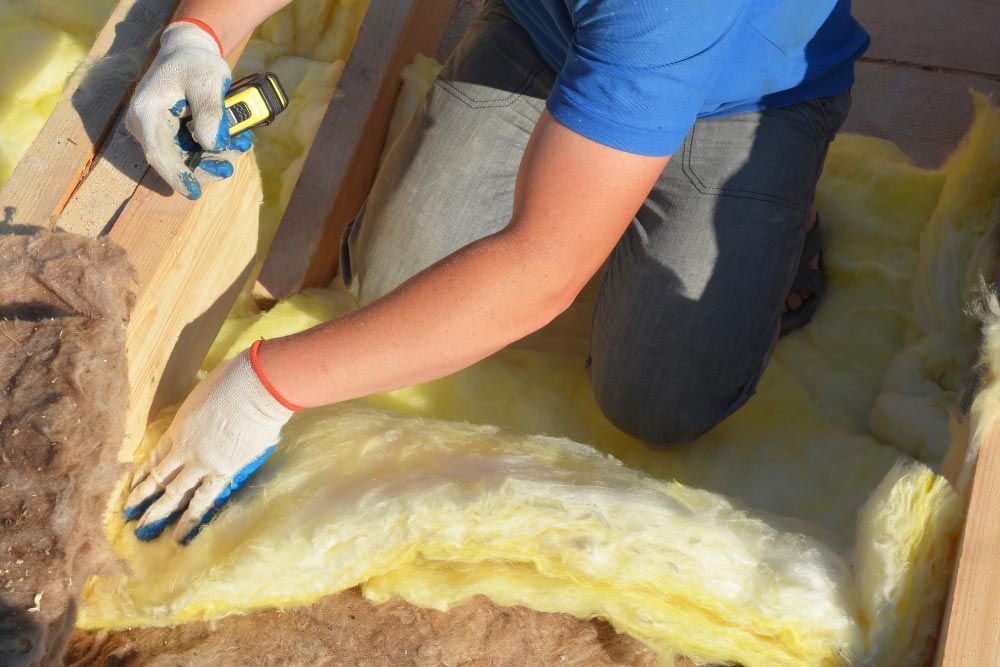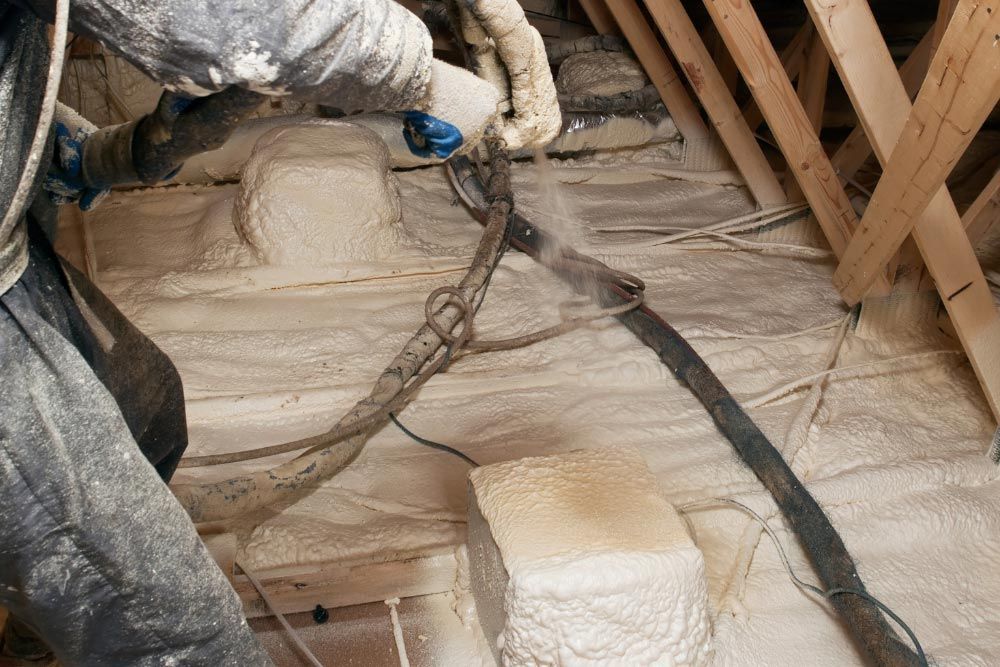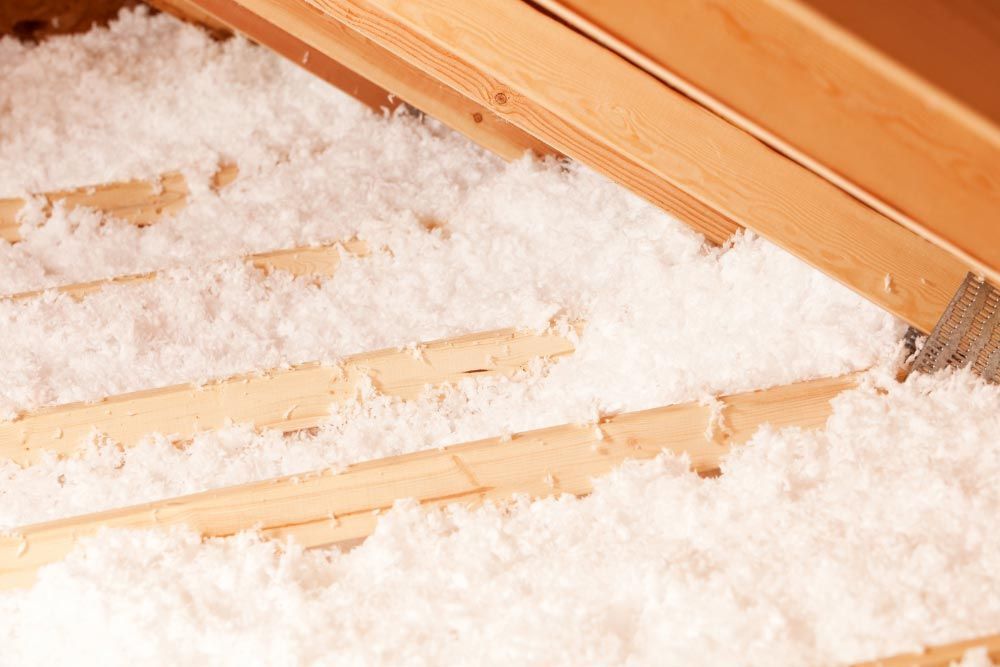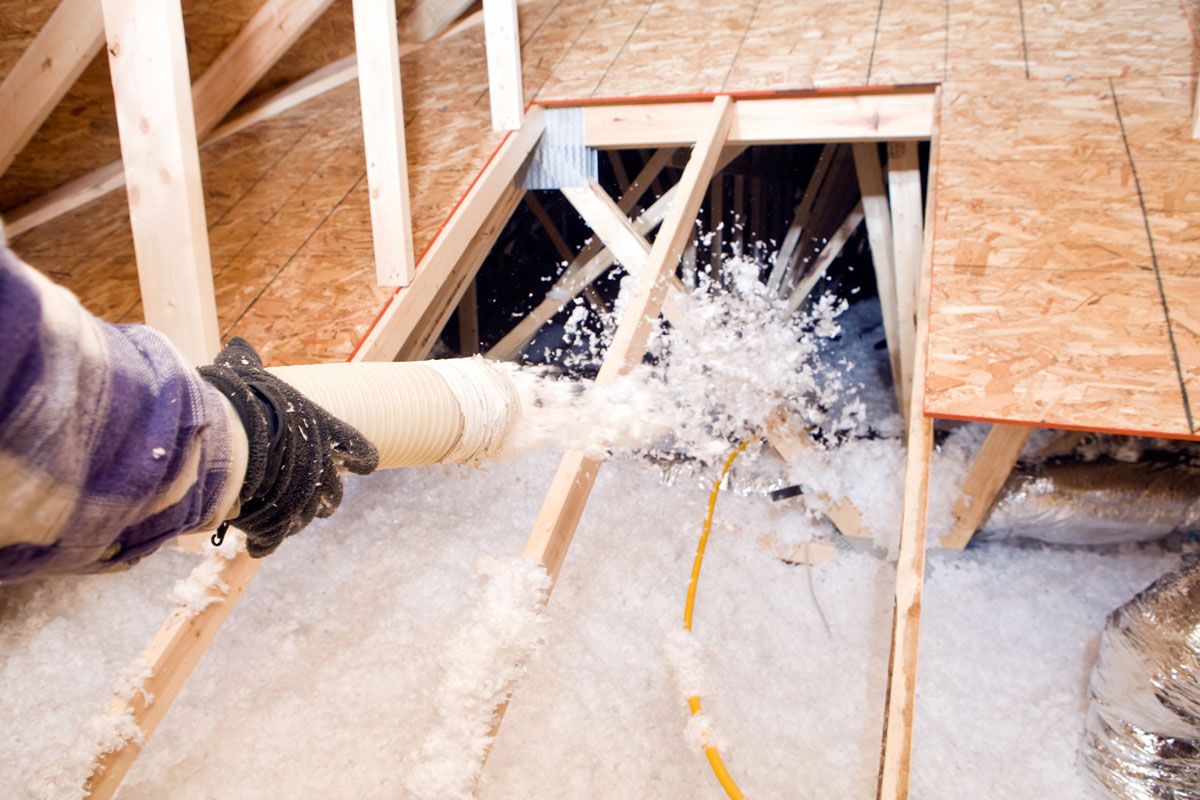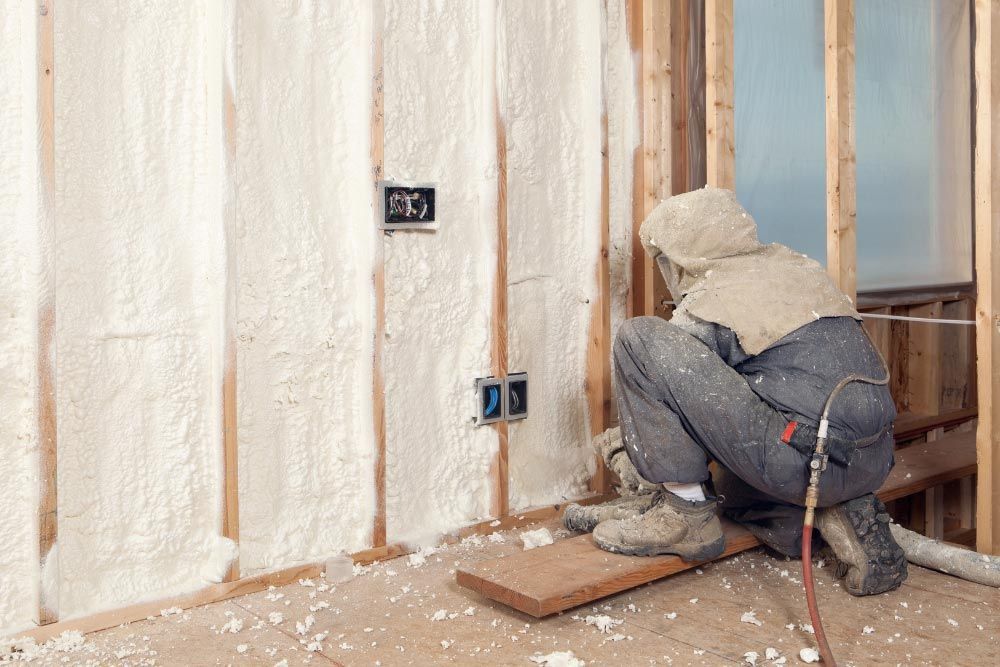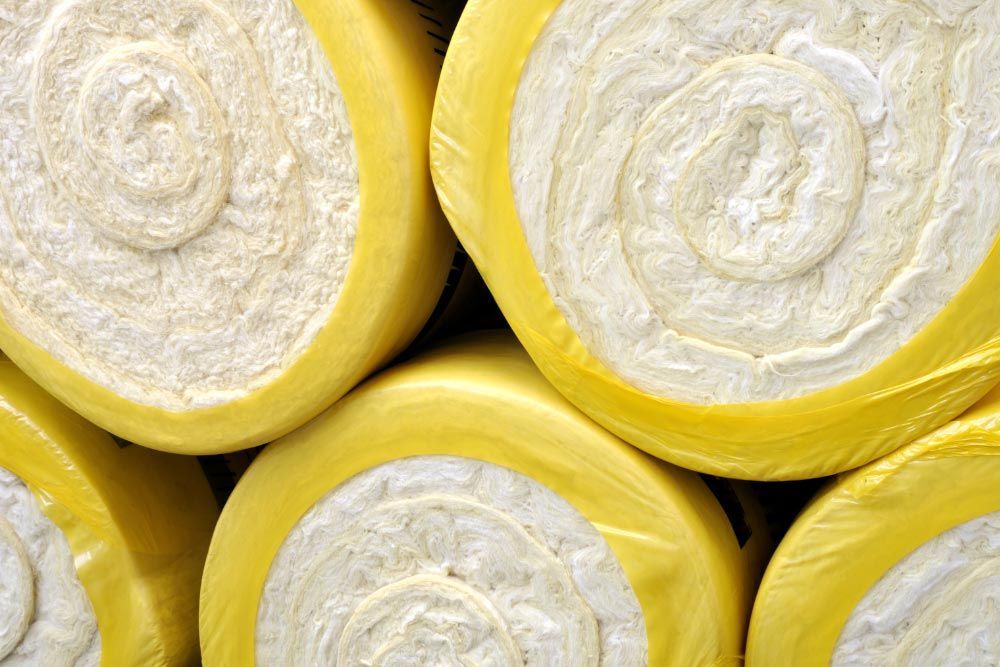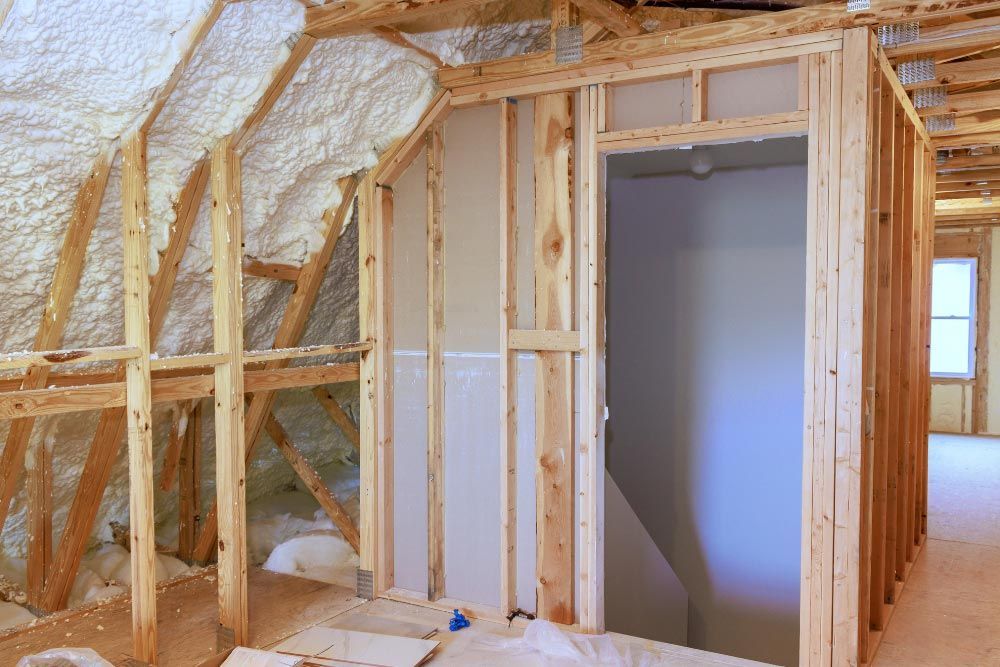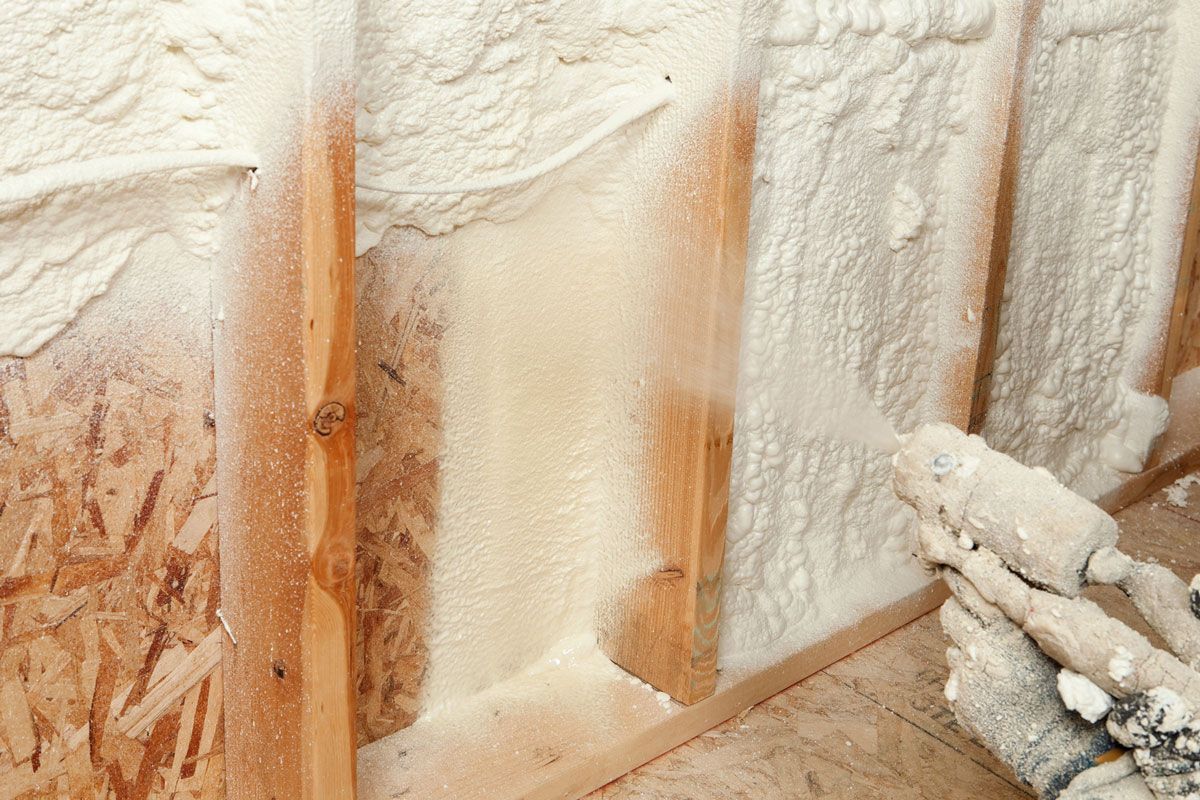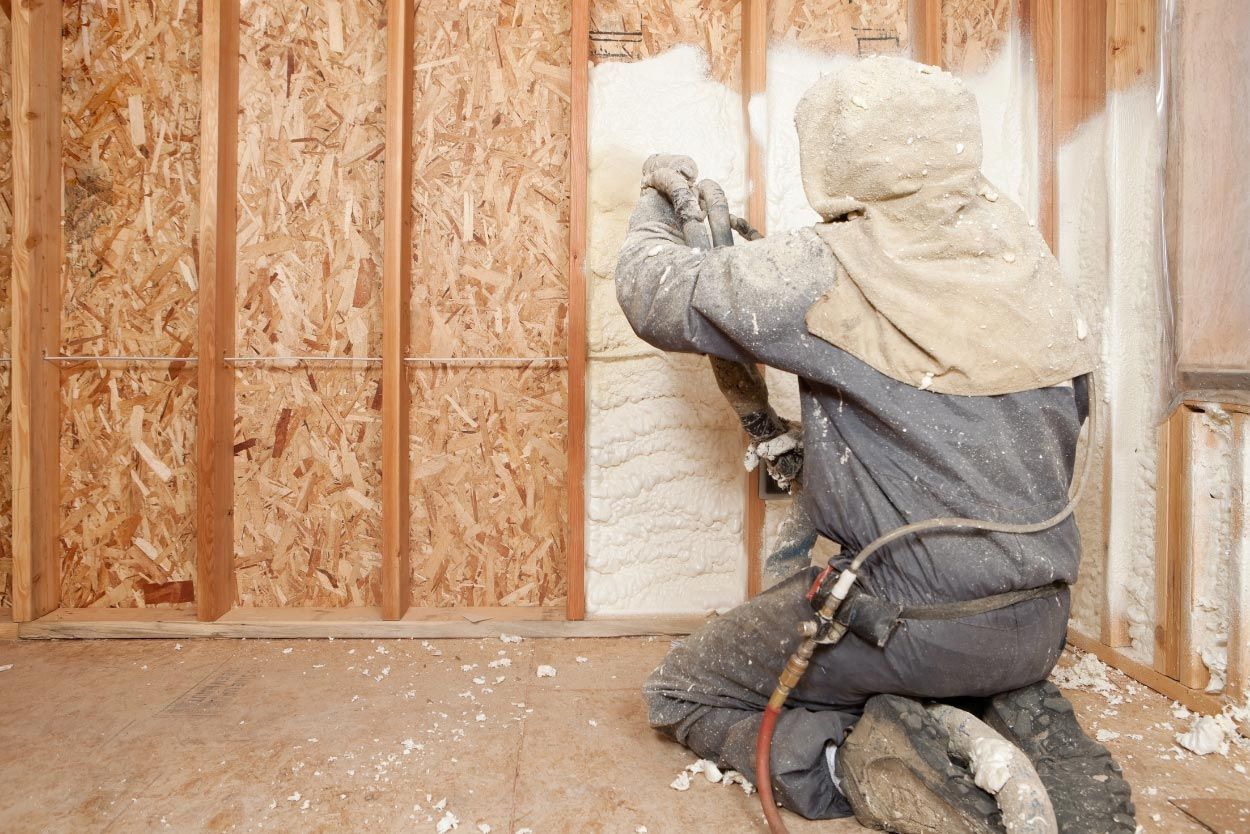Signs Your Home Needs New Insulation
When your home doesn’t feel as comfortable as it should, rooms are drafty, energy bills keep climbing, or your HVAC is working overtime, the culprit might not be your windows or furnace. More often than not, the problem lies in your insulation.
Insulation is the unsung hero of your home’s comfort, yet most homeowners only think about it when something goes wrong. According to the U.S. Department of Energy (DOE), proper insulation can cut heating and cooling costs by up to 20%. But insulation isn’t permanent, it breaks down over time, becomes less effective, and even poses health risks if ignored.
So how do you know when it’s time to replace your insulation? Let’s dive into the telltale signs, explore different types of insulation, highlight building code requirements, and show you how the right upgrade can transform your comfort and savings.
Why Insulation Matters More Than You Think
Think of insulation as the thermal blanket wrapped around your home. It helps regulate indoor temperatures, keeping warmth inside during winter and blocking heat in summer. Without adequate insulation, your home struggles to maintain comfort, and your HVAC system burns more energy trying to compensate.
A study by ENERGY STAR reveals that most homes in the U.S. are under-insulated. For Colorado homeowners, where winters can be harsh and summers surprisingly warm, insulation is not just about comfort, it’s about energy efficiency, safety, and long-term savings.
Clear Signs You Need New Insulation
Here’s how to tell if your home is overdue for an insulation upgrade:
1. Drafty Rooms and Uneven Temperatures
If certain rooms in your home feel colder or hotter than others, your insulation may be thinning or settling. Proper insulation ensures consistent temperatures across your entire home.
2. Ice Dams Forming on the Roof
In winter, poor attic insulation allows heat to escape, melting snow on your roof. The melted snow refreezes at the edges, forming ice dams that can damage shingles and gutters.
3. Rising Energy Bills
If your heating or cooling bills are climbing without an obvious reason, inefficient insulation may be causing energy loss. The DOE estimates 25–30% of energy loss occurs through the attic and walls when insulation is lacking.
4. Pest Infestations or Visible Attic Damage
Rodents, insects, and other pests love burrowing into old insulation. If you notice droppings, shredded material, or foul odors, it’s likely time to remove and replace your insulation.
5. Moisture and Mold Growth
Insulation that has been exposed to leaks or humidity can absorb moisture, leading to mold growth. This not only ruins insulation performance but also threatens your indoor air quality and health.
Quick Checklist: Do You Need New Insulation?
- Drafty rooms or uneven temperatures - Uneven heating or cooling often means your insulation isn’t doing its job properly.
- Ice dams forming on the roof in winter - Poor attic insulation can cause ice dams, leading to costly roof damage.
- Higher-than-normal energy bills - Rising energy costs may signal your insulation is leaking valuable heating or cooling.
- Pest infestations or visible attic damage - Rodents, insects, or damaged materials often indicate compromised or missing insulation.
- Signs of mold, mildew, or moisture - Moisture buildup in walls or attics points to inadequate or failing insulation.
- HVAC system running constantly without reaching the set temperature - An overworked HVAC struggling to maintain comfort suggests insulation is insufficient or deteriorated.
If you checked even one of these boxes, it
means it’s time to schedule a professional insulation inspection.
Different Types of Insulation (And Which One’s Right for You)
When it comes to insulation, one size doesn’t fit all. Here’s a quick breakdown of the most common types:
Fiberglass Insulation
Pros: Affordable, widely available, fire-resistant
Cons: Can lose effectiveness if compressed or wet; requires protective gear during installation
Cellulose Insulation
Pros: Eco-friendly (made of recycled paper), great for reducing air leaks
Cons: Prone to settling over time; can absorb moisture if not treated properly
Spray Foam Insulation
Pros: Superior air sealing, high R-value, prevents drafts and moisture
Cons: Higher upfront cost, requires professional installation
Rigid Foam Board
Pros: Great for basements, garages, and exterior walls; moisture-resistant
Cons: More expensive than fiberglass; limited flexibility in tight spaces
Each insulation type offers unique benefits, and the right choice depends on your home’s needs, budget, and long-term energy goals.
Building Codes and Compliance: What You Need to Know
Insulation isn’t just about comfort, it’s also regulated by building codes to ensure safety and efficiency.
In Colorado, insulation standards are governed by the International Energy Conservation Code (IECC), adopted statewide with some local modifications. Here are some key requirements:
- Attic Insulation (Ceilings): R-49 in most Colorado climate zones
- Walls (Above Grade): R-20 cavity insulation or R-13 cavity + R-5 continuous insulation
- Basements and Crawl Spaces: R-15 continuous or R-19 cavity insulation
The DOE recommends insulation levels based on climate zone, and Centennial, CO falls under Climate Zone 5B, which requires higher R-values than milder regions.
Staying code-compliant not only ensures safety but also adds resale value to your property. Non-compliance may result in failed inspections for home renovations or additions.
Health and Comfort Benefits of New Insulation
Replacing old insulation doesn’t just save money, it directly impacts your health and quality of life:
- Cleaner Indoor Air: New insulation helps block dust, mold spores, and allergens.
- Noise Reduction: Insulation acts as a sound barrier, making your home quieter.
- Better Sleep & Comfort: Stable indoor temperatures reduce nighttime discomfort.
- Reduced Risk of Respiratory Issues: By preventing mold growth, insulation protects your family’s health.
Cost of Replacing Insulation (2025 Estimates)
| Type of Insulation | Average Cost per sq. ft. (Material + Labor) | Estimated Cost for 2,000 sq. ft. Home | Lifespan |
|---|---|---|---|
| Fiberglass Batt | $1.50 – $3.00 | $3,000 – $6,000 | 20–30 years |
| Spray Foam (Open Cell) | $2.50 – $4.50 | $5,000 – $9,000 | 30–40 years |
| Spray Foam (Closed Cell) | $4.00 – $7.00 | $8,000 – $14,000 | 40–50 years |
| Cellulose (Blown-In) | $1.80 – $3.50 | $3,600 – $7,000 | 20–30 years |
| Mineral Wool | $2.50 – $5.00 | $5,000 – $10,000 | 30–40 years |
| Radiant Barrier | $0.80 – $2.00 | $1,600 – $4,000 | 15–20 years |
Note: Prices vary by region, removal needs, accessibility, and whether old insulation must be disposed of.
Ready to Make Your Home Cozier and More Efficient?
Your insulation may be out of sight, but it should never be out of mind. From high energy bills to health risks, the signs of failing insulation are too important to ignore. With the right materials and expert installation, you’ll not only cut costs but also improve your family’s comfort and well-being.
If you suspect your home is under-insulated, now’s the time to act. Mile High Centennial Insulation is here to provide expert guidance and professional service that makes all the difference.
Why Choose Mile High Centennial Insulation
At Mile High Centennial Insulation, we understand Colorado homes and their unique energy needs. With years of expertise in residential, commercial, agricultural, and garage insulation, we provide tailored solutions that meet both comfort and compliance standards.
We’re not just about installation, we’re about building efficiency, comfort, and healthier living spaces for families across Centennial and beyond.
Contact Information:
Frequently Asked Questions
How to tell if insulation needs to be replaced?
Look for drafts, fluctuating indoor temperatures, mold growth, or increased energy bills. If insulation looks wet, compacted, or deteriorated, replacement is usually necessary. A professional inspection can confirm.
How to tell if a house needs more insulation?
Uneven heating or cooling, cold floors, or an overworked HVAC system often signal insufficient insulation. Energy audits can provide a detailed breakdown of problem areas.
What are the symptoms of insulation sickness?
Old insulation can harbor mold, asbestos, or fiberglass particles. Symptoms may include respiratory issues, eye irritation, and skin rashes. Replacing outdated insulation improves indoor air quality significantly.
How much would it cost to insulate a 2000 sq ft house?
Depending on the material, insulating a 2,000 sq. ft. home costs between $3,000 and $10,000. Spray foam is most effective but comes at a higher upfront price compared to fiberglass or cellulose.
How much does it cost to remove and replace insulation?
Removal adds $1.00–$2.00 per sq. ft. to total costs. Including disposal and installation, most homeowners spend between $4,000 and $12,000 for complete insulation replacement.

